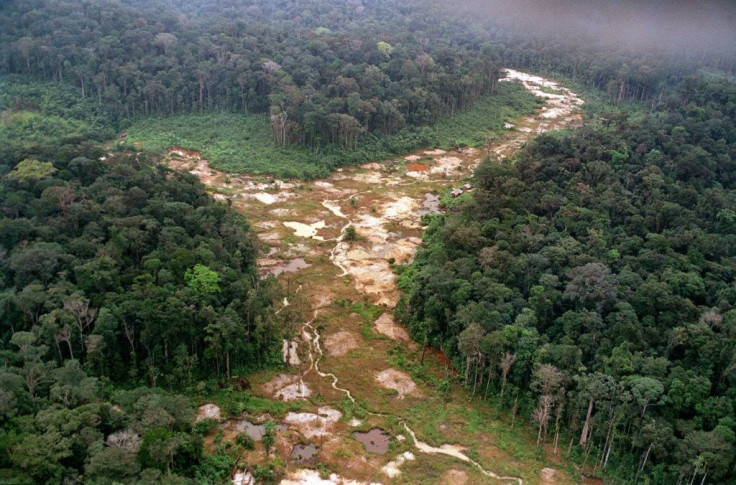Amazon Rainforest Hiding a 'Sistine Chapel' Of Rock Art This Entire Time
KEY POINTS
- A team of archeologists from the U.K. and Colombia discovered the "Sistine Chapel" of ancient art
- It is the largest collection of prehistoric rock art unearthed in the Amazon rainforest
- The discovery can help the indigenous communities in their fight for ancestral rights
People have always known the Amazon rainforest as home to wild flora and fauna and dangerous terrain. That uncultivated image of this rainforest is about to change after the discovery of prehistoric rock paintings in it. The rock art extends across 8 miles (over 12 kilometers) in Colombia, making it the "Sistine Chapel" of ancient art.
It is so far the largest collection of prehistoric rock art unearthed in the rainforest. Featured in the paintings are tens of thousands of animals and people, and a clear depiction of their lifestyle and culture about 12,500 years ago.
Depicted in the paintings are extinct animals, including mastodon, a prehistoric relative of the elephant; palaeolama, a camelid; giant sloths; and ice age horses. There are species of fishes, turtles, lizards and birds in the paintings.

Most interestingly, these animals are surrounded by people. There is one figure wearing a bird mask. There are also drawings of wooden towers and people seemingly bungee jumping from above. The paintings come in different sizes, ranging from handprints to artworks as tall as the mountains.
A team of archeologists from the United Kingdom and Colombia discovered the "Sistine Chapel" of ancient art. Some of the paintings also capture hallucinogenic plants and humans seemingly in a trance while performing some form of animal-worship ritual.
"We're talking about several tens of thousands of paintings. It's going to take generations to record them … Every turn you do, it's a new wall of paintings," José Iriarte, professor of archaeology at Exeter University and a leading expert on the Amazon and pre-Columbian history, explained in a report from The Guardian.
The team discovered the ancient rock art in the Amazon rainforest in 2018. However, they are only revealing it now, in time for a documentary titled "Jungle Mystery: Lost Kingdoms of the Amazon," which will air in December on the U.K.'s channel 4.
The discovery supports the indigenous communities' fight against land grabbers. The paintings could serve as proof of their ancestral rights, according to documentary host Ella Al-Shamahi, a British archeologist and paleoanthropologist.
"Their lands are being taken away from them and they are fighting with illegal and legal loggers, gold miners and poachers… It's a system that's completely rigged against them," Al-Shamahi said in an interview.

© Copyright IBTimes 2025. All rights reserved.





















